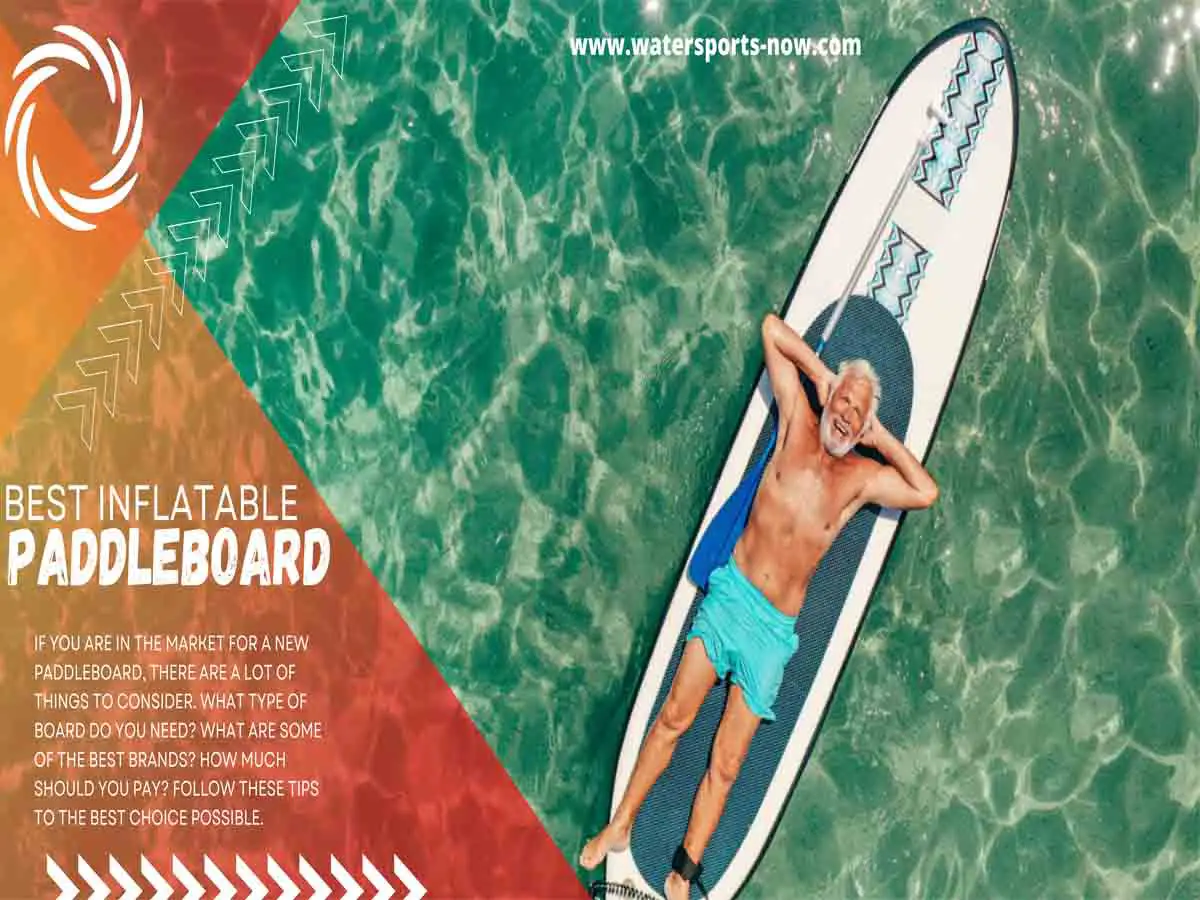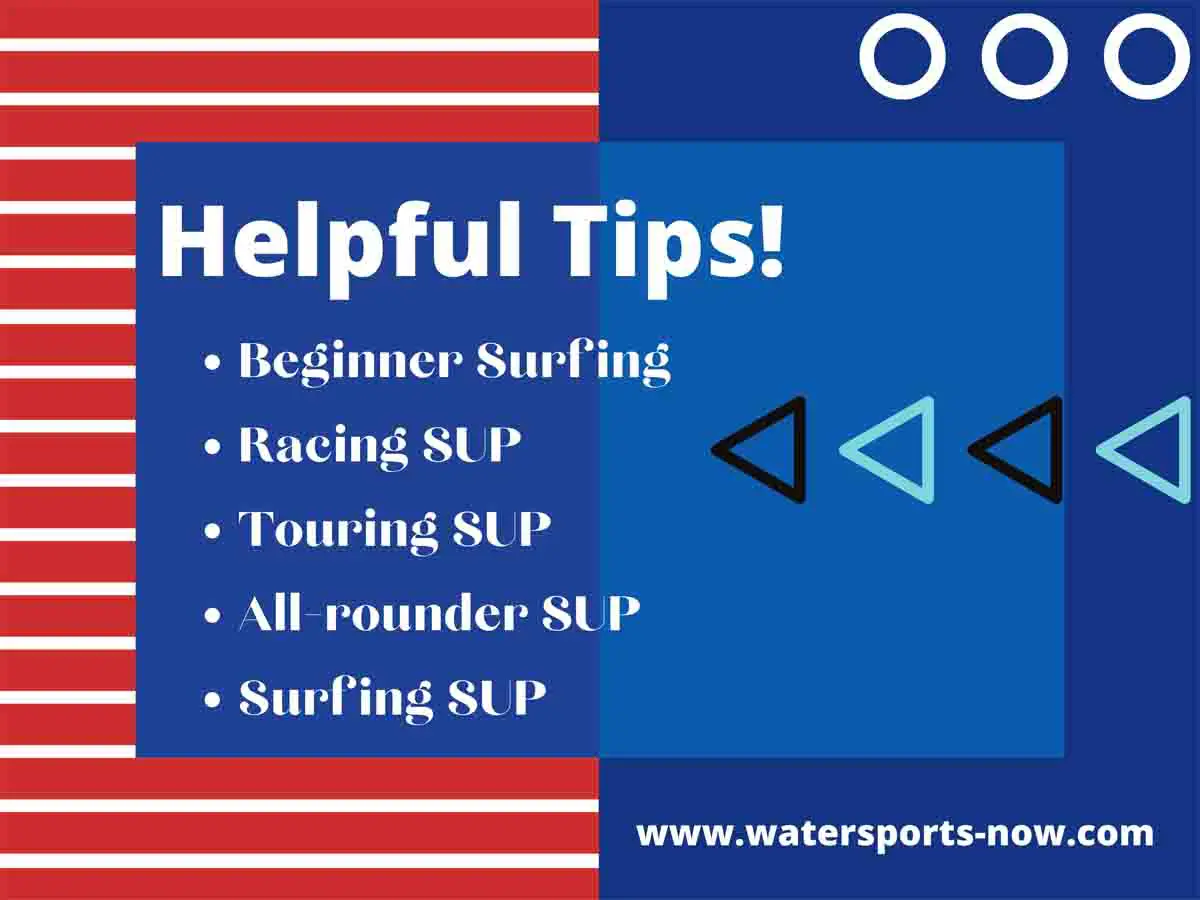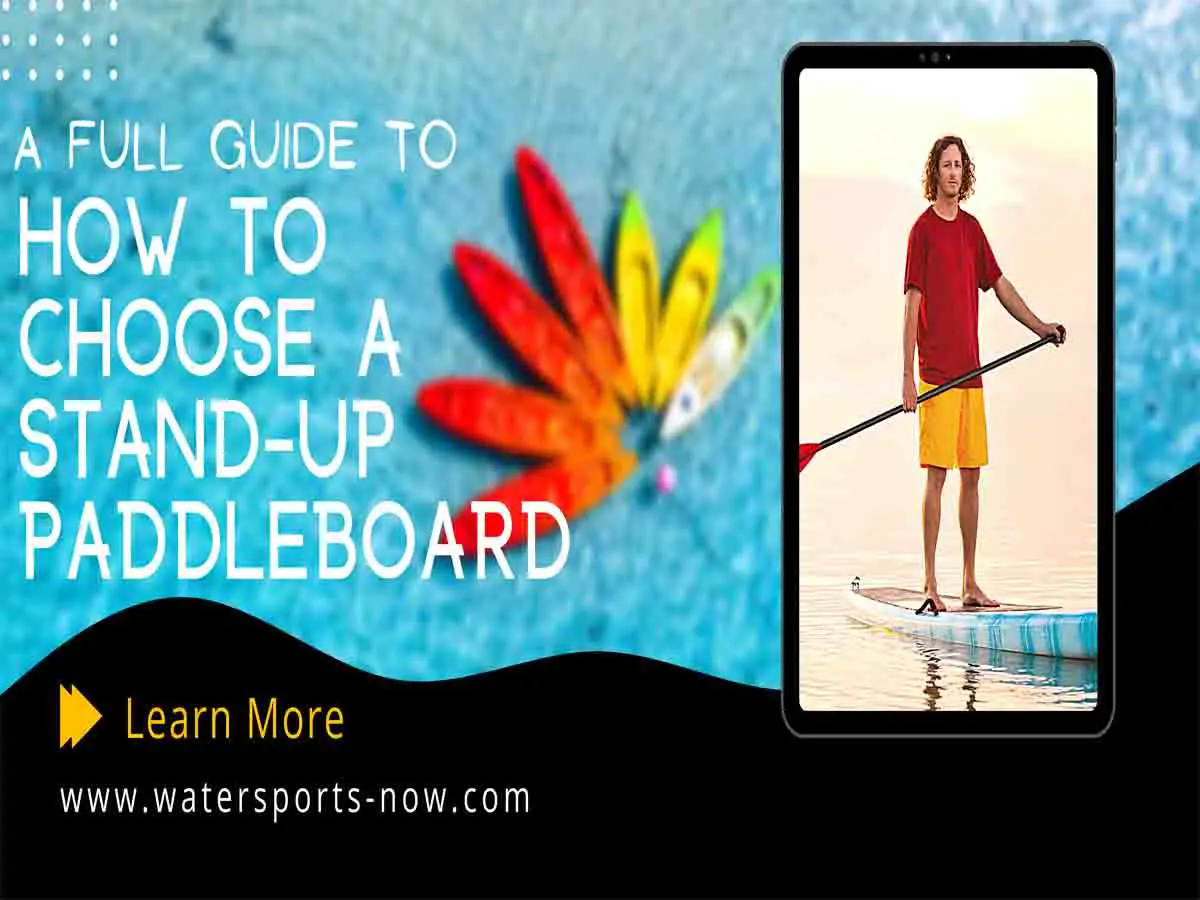Sup? If you’re in the market for a stand-up paddleboard, or SUP, but don’t know where to start, you’re in luck. How to Choose a Stand-Up Paddleboard article will teach you how to buy a SUP and provide all the information you need to select the perfect board for your needs. Let’s get started!
If you are in the market for a new paddleboard, there are a lot of things to consider. What type of board do you need? What are some of the best brands? How much should you pay? Follow how to stand up paddle board tips to the best choice possible.
Paddleboarding is a popular sport that can be enjoyed by people of all ages and fitness levels. I will cover How to Choose a Stand Up Paddleboard in the article. Hope you will be beneficial. There are many styles of paddleboards, but the most popular is the inflatable SUP. This blog will look at the advantages and disadvantages of these boards and look at some of the best inflatable stand-up paddleboards on the market.
The most crucial equipment of paddleboarding is the board itself. Differences in boards can make or break the game for a paddleboarder.
Boards for specific riders should be picked with their physical characteristics in mind. The design, material, thickness, and use of the board define which board is best for who.
So, here is a simple guide on how to choose the best stand-up paddleboards for your needs.
Choosing According To The Riders Weight And Height
One should always focus on the height of the rider while buying aboard. But it is not the most important factor.
The width and the volume of the board are what needs special attention. This is also affected by the skill and experience level of the rider. For a beginner, it is advised to choose a 30-32 inch wide board.
A beginner should choose a board that has twice the volume of his weight. An easy way to do this is to consider one’s weight in pounds and the volume in liters. So, for a 200-pound guy, you would want a board that has 170-200 liter volume.
If you are buying a board for the use of multiple people such as for a family then you should consider the height and weight of the largest person to ride the board.
Stability
The stability of the board is all about the width. The more width a board has, the more stable it will be. On the other hand, a narrow board will provide less stability thus being tippy.
The length varies as well, that is because of how much space the rider is getting in front of him and behind him on the board. But the length alone can hardly provide side-to-side balance if the width is not up to mark.
Speed
The speed of a paddleboard depends on three things. Firstly, a narrower board will travel faster because it has less drag.
The length of the board is responsible for tracking and speed. A longer board will travel faster and also in a straight line.

Design Of The Board
When choosing a board it is important to look at the rocker and the outline design of the board.
A curved rocker will give you less speed but a flat rocker will be faster. But if the rocker is too flat then it will also be slower. Some cheap boards also have misplaced rockers which means the rocker can be a bit off-center or with other issues. This alone can make the whole board not work right.
The outline defines how maneuverable the board will be. A curvy outline is generally easier to maneuver. Boards with curvy outlines are best suited for waves and white waters. This curve allows the board to go through the waves more efficiently.
On the other hand, a board with a rounder outline will provide straighter tracking. Rounded outlined boards are also more stable for the same width. But these might pose a higher difficulty on the white waters as they cannot chop through the waves.
Stand-up paddleboards are mostly 4-6 inches thick. The rail size of the boards especially on the tail side of the board makes a lot of differences.
A board with a thin rail at the tails helps to curve more. Also, they are less affected by the wind coming from the sides. Boards with thicker rails do not curve as much. This can be a good thing because it provides softer movement with more stability.
Wait! Take a Cup of Tea and See Some Most Trending Stand Up Paddle Board
Let’s More Explain How to Choose a Stand-Up Paddleboard
Two Types Of Paddleboards
There are two main types of paddleboards in contrast to the structure. These are,
- Inflatable paddleboards
- Solid paddleboards
Inflatable boards are boards that can be pumped with air to provide volume while solid ones are built in the same shape with solid materials from the very beginning.
These have distinctive features. Here are the pros and cons of an inflatable paddleboard.
Pros
- These boards take less space and thus have greater portability.
- Very easy to carry during travels. Especially in places where hiking is involved.
- These are not harmed by rounder rocks as they are made of rubber. This makes it an excellent choice for white waters.
- Soft surface that makes falls on the board less painful. Also can be used to perform yoga.
- Can be inflated or deflated anywhere with a pump.
Cons
- Deflation is always a risk. Anything from a sharp rock to a burning stick can cause permanent damage.
- If the board is damaged on the rims it is harder to fix.
- Not getting perfect pressure can be a problem if a manual pump is used. Pumping also takes extra time.
- The edges of the board are always wide in diameter. This creates a disadvantage while surfing.
Here are the pros and cons of a solid paddleboard
Pros
- Performance-wise it is better than inflatables. Each stroke of the paddle gives 5-20% more efficient than an inflatable.
- With more variations, it is easier to find a solid paddleboard that fits you.
- Solid boards ride lower in the water compared to an inflatable. Thus providing more stability.
- Solid boards perform better in waves. They are perfect for surfing.
- The rockers of solid boards can be given more refined structures.
- The longevity of solid boards exceeds inflatable boards by a lot.
- It is faster to get into the water if a solid board is used because no time is spent getting the board ready.
Cons
- To store a solid paddleboard you need a place as large as the board.
- In case of travel, you would need large vehicles or roof systems to carry the board.
- The boards can be damaged when hit against round rocks. The edges can break.
- Boards are quite heavy in comparison.
How to Choose a Stand-Up Paddleboard According To Use?
How to Choose a Stand-Up Paddleboard, also referred to as SUP, has surged in popularity in recent years. The activity offers a great total-body workout and can be enjoyed on lakes, oceans, and even rivers. With such a wide variety of boards on the market, it can be tricky to determine which one is the best fit for your individual needs. Here are eight tips to help you choose the right SUP board for you:
There are different uses, environments, and functions a board has to perform to keep up with the rider’s needs. So it is better to choose a board that supports your particular kind of use. Let’s discuss the different uses:
Surfing SUP
These boards are shorter and have pointed ends. These are made for surfing. Provides better maneuverability when hitting the waves. Surfboards are not so fast but paired with a skilled rider they are unmatched on the waves
All-rounder SUP
These stand-up paddleboards are much longer compared to surf SUPs. It provides more space and better glide. Also, these have rounded outlines.
It can also be used to surf but the performance is not the same. It will be harder to maneuver compared to a surfboard on the waves. Also, these boards are not known for being fast. However, on still waters and for having multi-purposes, these boards are on top.
Touring SUP
Touring boards are slightly longer than an all-rounder board. The outline is also narrower but not as much as a surf SUP. They are made in a way to decrease drag and provide a bit more speed. These boards are best for long paddle boarding adventures with some adequate speed.

Racing SUP
Racing SUPs are the longest among all other boards. They range from 12’6”-to 14’. The width is also narrower than touring boards.
These boards are made for speed. But they sacrifice stability to do so. The pointy nose design and the narrow width give the board high performance. Also, in these boards, when the rider paddles, the paddle tends to be closer to the centerline of the board. It allows the board to gain higher speed efficiency.
However, these boards are also the hardest to maneuver while turning. It is due to the excessively long length of the board. It requires more skill than other boards.
Beginner Surfing
If you are buying a board for a beginner surfer of average height and weight, then an appropriate size of the board would be 10’6’’. This is best as this length allows more stability and is also appropriate for a beginner to maneuver from the tail side.
The shorter the size the more maneuverability you will have on the waves. But if you go too short too soon then you will end up getting in the water more than you will ride the waves.
Final Words
Now that you know what board is affected in what way by its different metrics, you’ve got a solid understanding of How to Choose a Stand-Up Paddleboard. But if you are still confused then there is one thing you can do. That is to try as many boards as you can before you buy one.
Even if you take time choosing, it is a good investment because a board that you are happy about will improve your development rate drastically.
In this article, I will provide you with a guide on how to choose a stand-up paddleboard. There are many things to consider when making this purchase, and I will outline them all for you. By the end of this article, you should feel confident in making a purchase and be ready to have some fun on the water! Happy SUPing!

